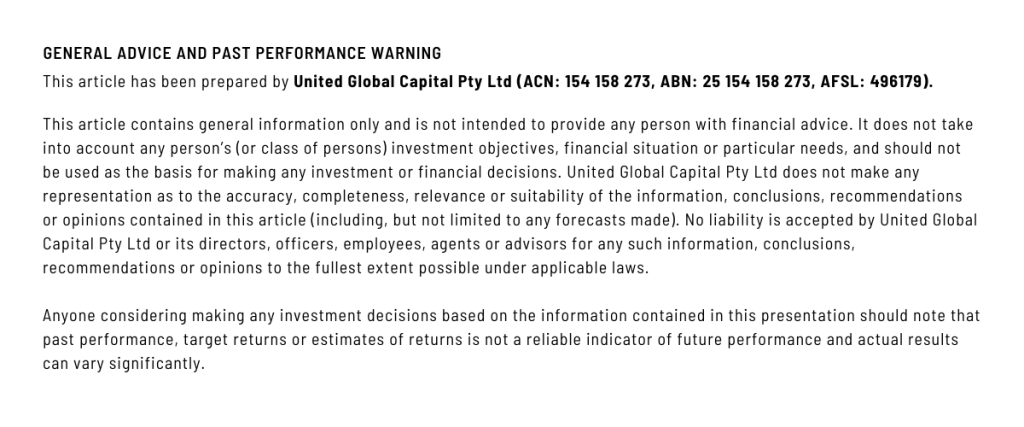Portfolio Rebalancing: What, Why, When?
In the realm of investment management, maintaining the intended asset allocation of your portfolio is as critical as the initial act of choosing your investments. This ongoing process, known as portfolio rebalancing, ensures that your investment strategy continues to reflect your financial goals, risk tolerance, and time horizon despite the market’s inevitable fluctuations.

Below, we delve into what portfolio rebalancing entails, why it is essential, and when it should be conducted to optimise your investment outcomes.
What is Portfolio Rebalancing?
Portfolio rebalancing is the process of adjusting the composition of an investment portfolio so that it remains aligned with a predetermined asset allocation strategy. Initially, an investor decides on a mix of assets—such as stocks, bonds, and other securities—based on their financial goals, risk tolerance, and investment horizon. Over time, due to varying performance of these assets, the portfolio’s actual asset allocation may drift away from its target. Rebalancing involves selling off assets that constitute a higher percentage of the portfolio than desired and buying those that are underrepresented to restore the original balance.
Why Rebalance Your Portfolio?
The primary reason to rebalance a portfolio is to control risk and ensure that the asset mix continues to reflect the investor’s risk tolerance and investment strategy. Without regular rebalancing, a portfolio might become too heavily weighted in one asset class, potentially exposing the investor to higher risk than intended. For example, in a bullish stock market, the proportion of equities might grow significantly, elevating the portfolio’s volatility and risk profile.
Rebalancing is also a disciplined approach to “sell high and buy low,” enabling investors to potentially enhance their returns by taking profits from well-performing assets and reinvesting in those that have underperformed but may be poised for a rebound.
Furthermore, systematic rebalancing helps investors avoid emotional investing decisions during market volatility. By sticking to a predefined rebalancing strategy, investors can make rational decisions that align with their long-term investment goals, rather than reacting impulsively to market swings.

When to Rebalance Your Portfolio?
The timing of portfolio rebalancing can vary depending on several factors, including the investor’s strategy, the costs associated with rebalancing, and market conditions. Common strategies include:
- Calendar Rebalancing: This approach involves assessing and adjusting the portfolio at regular intervals, such as quarterly, semi-annually, or annually. It is simple and ensures that the portfolio does not stray too far from its target allocations for an extended period.
- Threshold Rebalancing: Also known as the constant-mix strategy, this method triggers rebalancing when an asset’s weighting deviates from its target by a predetermined percentage (commonly 5% or 10%). This strategy can be more responsive to market movements and potentially more effective in maintaining the desired asset allocation.
- Automatic Rebalancing: Some investment platforms offer automatic rebalancing services, where the portfolio is periodically adjusted to align with the target allocations without the investor’s manual intervention. This can be particularly convenient for investors who contribute regularly to their portfolios.
Considerations for Effective Rebalancing
While rebalancing is beneficial, it does come with some considerations:
- Cost: Rebalancing may incur transaction fees, brokerage costs, and potentially spread costs, especially if done frequently.
- Tax Implications: Selling assets for rebalancing can trigger capital gains taxes. It’s important to consider the tax implications of selling investments and to strategise rebalancing to minimise these costs.
- Market Timing: While rebalancing is not about timing the market, significant market events or economic shifts can necessitate a review of the rebalancing strategy or even a temporary deviation from the standard rebalancing schedule.
Portfolio rebalancing is a vital tool in the arsenal of every savvy investor, designed to safeguard against excessive risk and align your investment outcomes with your long-term financial aspirations. Regularly revisiting your investment allocations ensures that your portfolio does not stray too far from your intended path.
For those looking to enhance their investment strategy, or for anyone requiring guidance on how to implement effective rebalancing, consulting with a financial adviser can provide tailored advice and peace of mind. Take the next step towards optimising your investment strategy. Contact us today, and let us help you align your portfolio with your financial goals.

